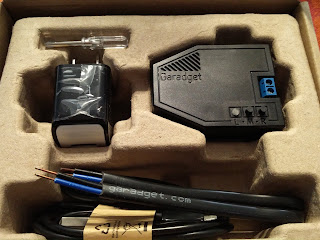Smart home or IoT (Internet of Things) has certainly been the talk du jour! Having been experiementing in this trend since 2016 and have numerous "smart" devices around the house and others that's in the "bin" collecting dust, I can certainly begin to share some stories.
Back in the early days, before 2019, there were many different startups and things/devices are not uniformed -- they were difficult to configure and there aren't any standards, per se. Since the arrival of some of the bigger players, Amazon and Google, the devices community begin to play more intune with one another. The following are some of my observations and experiences.
- Begin with WiFi devices first. Z-Wave and Zigbee are interesting, but will add another level of complexity that one may not want to deal with from the start.
- Choose either Amazon Echo or Google Home as one's starting point for consolidation and control. I graduated from this to Home Assistant (HA) a year ago, but HA should not be someone's starting point.
- Choose "smart" devices that are competible. Lighting control is a simple starting point. I started with a WeMo smart plug way back when. But now I would advice against WeMo devices because they cannot be controled with a multiple houses/locations perspective (say I have a primary residence and my mom's senior apartment - I cannot control both locations' devices). A better alternative would be a Kasa or Tuya (a device that can be controlled by Smart Life app - Android or iPhone). I now prefer Tuya devices because I can easily erase the operating system and replace that with an open source (tasmota) one (so that the Chinese government or whoever need not know that I turn on the device at 7:30PM every night)... Privacy is important if one thinks about it. But this is for advance or paranoid people.
- Begin to compose simple routines such as:
- Turn on the porch light when the sun sets and turn that off at around midnight
- Turn off all the house lights around midnight
- Lock the door and garage at night
- Begin to add presence detection and combine that with other routines, like:
- Let me know when the kids arrive at their schools
- Lock the doors, garage and arm the security alarm when the last person leaves the house
- Tell me when I need to leave the house in the morning to make it to the appointment location
- The possibilities are endless when one adds more "smart" or "connected" devices


